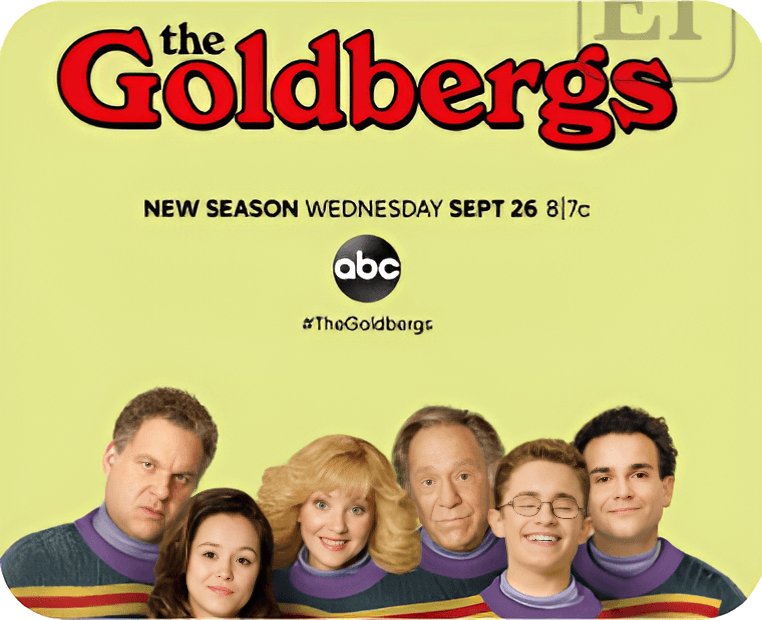Acting Melbourne
In Melbourne, the world of stage acting encompasses everything from grand productions like those on Broadway and off-Broadway, all the way to captivating musicals. Stage acting is far from a one-person show; it's a collaborative effort where actors work together to breathe life into the story for the audience. Understanding the story is crucial, as the director's interpretation of the script serves as the guiding light for the actors. Newcomers to the profession often make the mistake of interpreting the script solely based on their own perspective. At its core, stage acting thrives on cooperation and collaboration between actors — this is the key to creating believable and impactful performances. New actors in Melbourne can benefit from understanding these collaborative aspects.
Melbourne actors can gain a significant advantage by grasping the fundamentals of stage directions and set design. While scripts include stage directions primarily to guide the actors, their uses extend far beyond that. In the world of theatre acting, blocking, which refers to the planned movements of actors on stage, is a critical element. Actors seeking opportunities in Melbourne should familiarize themselves with these concepts.
Playwrights craft stage directions, which are instructions placed within brackets in the script. These instructions tell actors how to move around the stage, including entering and exiting. Stage directions can also delve into the emotional delivery of a character's lines, offering guidance on the overall mood the play should convey. Furthermore, some scripts include cues for special effects such as lighting, sound, and music. These instructions are essential not just in Melbourne, but for productions worldwide.
Understanding the basic stage directions is crucial in Melbourne's theatre scene. Turning right (stage right) brings actors closer to the audience, while turning left (stage left) takes them further away. The area closest to the viewers is downstage, and the area furthest back is upstage. Interestingly, these terms originated from the design of medieval and early modern stages. Back then, stages were built on an incline to provide the audience with a better view. The higher section, towards the back, became known as "upstage," and the lower area closer to the audience was called "downstage."
Stage directions are a vital tool for everyone involved in a stage production, from actors and playwrights to directors. For actors to grasp them effortlessly, these instructions should be concise and unambiguous. Collaboration between director and actor is also crucial to ensure the portrayal aligns with the character's essence, especially when interpreting stage directions. This collaborative interpretation is particularly important in Melbourne, where audiences may have specific expectations. For instance, a simple instruction like "walk quickly downstage center" can be enhanced by working with the director to determine the character's motivations and emotional state for that specific movement.










